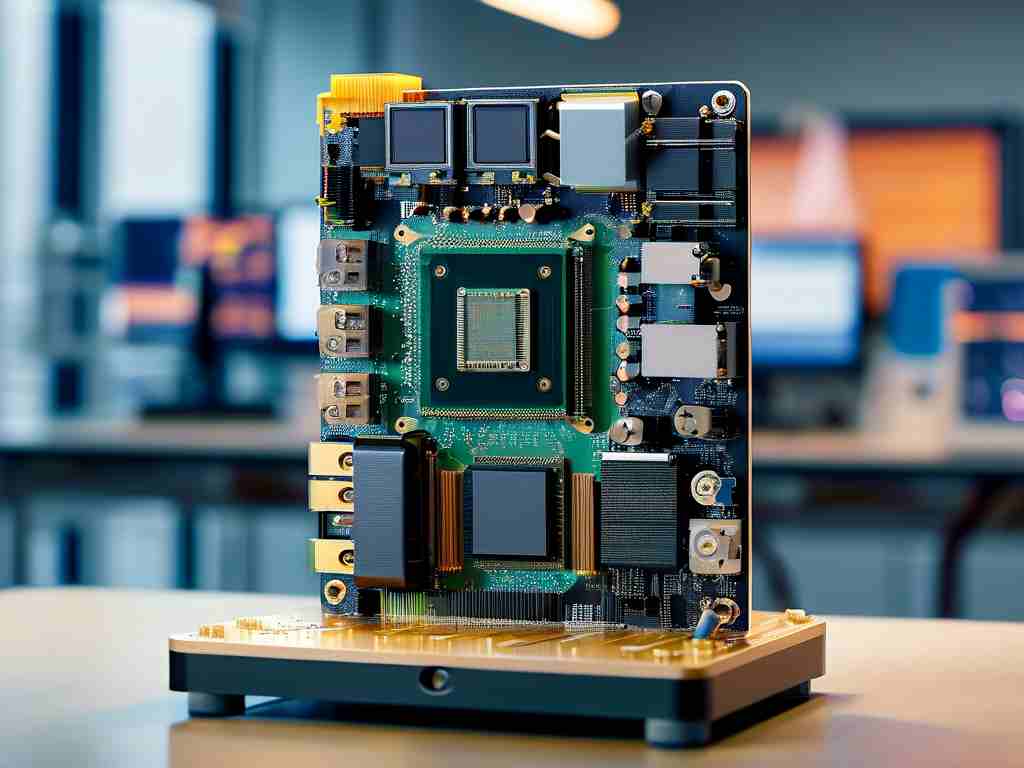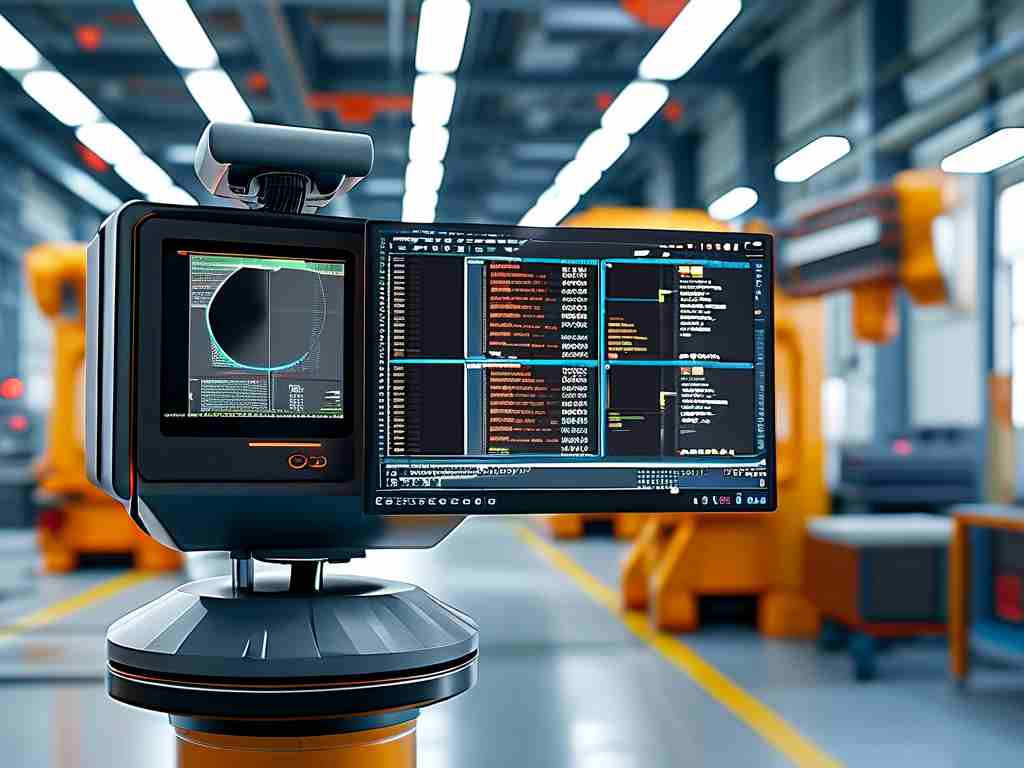As a crucial hub for technological innovation in Eastern China, Anhui Province has witnessed significant advancements in embedded software development. This article explores practical methodologies and localized debugging approaches adopted by engineering teams across Hefei, Wuhu, and other major tech cities in the region.

Hardware-Software Co-Design Philosophy
Anhui-based developers emphasize hardware-aware programming, particularly for IoT and industrial control systems. A common practice involves using customized cross-compilation toolchains compatible with local processor architectures like Loongson chips. Consider this typical workflow:
// Sample register configuration for Anhui-made sensor module
#define SENSOR_CTRL_REG (*(volatile uint32_t *)0x40021000)
void init_hardware() {
SENSOR_CTRL_REG |= 0x1 << 3; // Enable low-power mode
__DSB(); // Memory barrier for ARM cores
}
This code snippet demonstrates the meticulous register-level control required when working with region-specific hardware components, a frequent scenario in Anhui's manufacturing-oriented embedded projects.
Debugging in Resource-Constrained Environments
Local engineering teams have developed unique debugging strategies to address limited JTAG availability in production environments. One innovative approach combines:
- Custom-built printf redirection through UART-to-USB converters
- Real-time variable monitoring using LED matrix displays
- Conditional breakpoint simulation through watchdog timer interrupts
A Hefei-based automotive electronics company recently shared their debugging framework for CAN bus systems:

# CAN message analyzer script used in Wuhu industrial park
def parse_can_frame(raw_data):
arbitration_id = raw_data[0:11]
data_field = bytes_to_int(raw_data[12:])
if arbitration_id == 0x7E8:
log_engine_params(data_field) # Custom debugging function
Collaborative Development Culture
Anhui's tech community actively participates in knowledge-sharing initiatives. The annual "Yangtze River Embedded Technology Symposium" has become a platform for:
- Showcasing open-source debugging tools
- Demonstrating real-time operating system optimizations
- Addressing electromagnetic compatibility challenges in dense industrial environments
A notable case study comes from a Ma'anshan-based smart grid project where developers implemented a hybrid debugging solution combining Lauterbach TRACE32 tools with custom script extensions, reducing firmware validation time by 40%.
Educational Integration
Local universities like USTC and Hefei University of Technology have revamped their embedded systems curricula to include:
- Practical JTAG debugging labs using HiSilicon development boards
- Signal integrity analysis workshops
- Collaborative projects with regional manufacturers
This industry-academia collaboration has produced specialized debugging techniques like the "Three-Phase Validation Method" now widely adopted in Anhui's consumer electronics sector.
Future Directions
Emerging trends include AI-assisted debugging systems and quantum-resistant encryption integration. A Bengbu startup recently prototyped a machine learning-powered anomaly detection system that reduces firmware debugging cycles by analyzing historical fault patterns.
As Anhui continues strengthening its position in China's tech landscape, its unique approaches to embedded software development and debugging offer valuable insights for global engineering communities. The combination of traditional problem-solving methods with cutting-edge technologies creates a distinctive ecosystem worthy of international attention.









